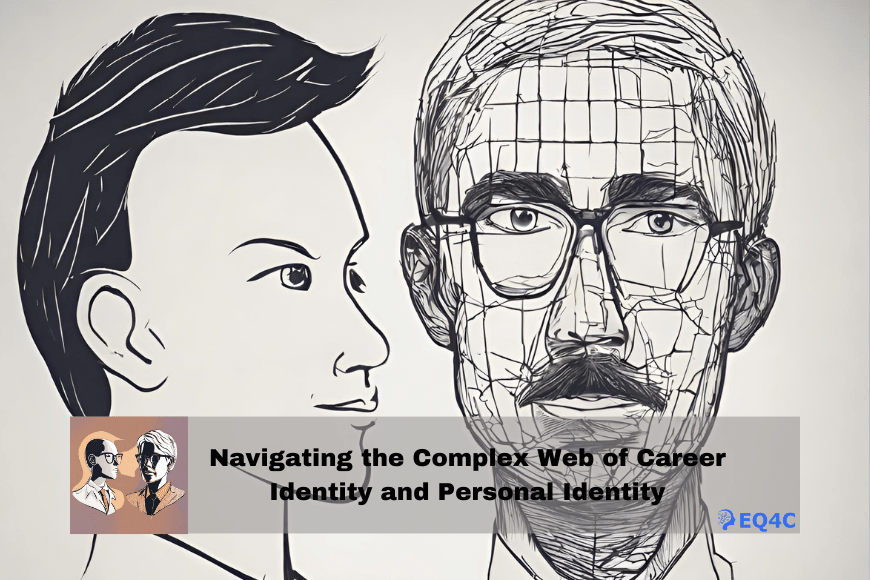CV or Resume Writing

What is a CV or Resume?
A CV or resume is a document applicants create to outline their skills and experiences to secure a job.
The resume is typically accompanied by a personalized cover letter, in which the candidate expresses their desire to work for a particular position or company and highlights the most pertinent information in the resume.
American job coaches advise that resumes should be just 2 or 3 pages long. British job seekers are typically required to create a more extensive CV (curriculum vitae) document.
Your CV should show prospective employers the distinct advantages of why they should choose you over other candidates with the same qualification.
For this article, the words CV and resume are interchangeable.
Within the UK and Ireland, the job seekers typically have to submit a CV, whereas the word “resume” is more commonly used for those in the US and Canada.
It is true that in India, Australia, and other English-speaking countries, you can use both to apply for a job.
What to include in a CV
Include your contact information at the top. Begin with your name, address, telephone number, and email. If your CV is multiple pages, ensure that you have an identifier on each page, perhaps as a footer or header, as well as page numbers.
Personal Statement
Decide if you would like to begin with a personal statement or not. It’s not required, but numerous CV writing firms recommend this. If you add one to your resume, the statement must reflect something authentic about you and not be an anodyne summary that anyone could use. Be sure to stay clear of jargon like ‘forward-thinking’ and strategic. Use this to highlight your strengths and focus on action.
Education, Skills & Experience
Incorporate sections about Key Skills, Knowledge, Achievements, Work Experience, and Education.
The exact content and length to add to each section will depend on the field you’re applying to. Consider seeking advice from someone working in the field in case you aren’t currently working in the area. Start with the latest achievements, experiences, or training, then work backward through each area.
When discussing your achievements, concentrate on your accomplishments and the results which benefitted your employers.
Your explanations should be in the format –
“In situation x, I did this, and the result was that.”
For instance:
In the event of an unexpected financial crisis, I carried out an inter-departmental review with colleagues. We managed to identify the areas to cut our expenses that can cover our financial concerns and provided us with some funds to use in the possibility of contingencies.
or
As the university’s musical club president, I sought out commercial sponsors from connections I made through work experience. I succeeded in obtaining money to purchase new audio-visual equipment.
or
As the college’s chairperson of the fund-raising committee, I organized an event with more than 200 people attending, which helped raise money. The event has since become a common element in the college social calendar.
Focus on your actions, your exact results, and why you know the decision was successful.
Include all relevant information in “Work Experience” and “Education
After you’ve accumulated a lot of work experience, you cannot include the exam you took as a teenager and those summer jobs you held as a student. However, it would help if you didn’t leave any gaps after you’ve begun working.
If you’ve taken a job absence due to a reason or you’ve been in which you were out of work due to redundancy, tell them about it, or else they will assume that you were fired or out of work due to incompetency and will dump your resume.
Don’t list every course you’ve ever taken; however, include all you can think of as relevant to the job. They’ll not want to know about your culinary training if you’re looking to be a software engineer. However, your additional technical certificates might be useful.
Review the requirements that are essential to the job and be sure to include everything that’s required.
Check that your grammar and spelling are correct.
A lot of employers will reject CVs that contain spelling or grammar mistakes.
Use your computer’s spell-check function. Make sure you proofread your copy and ask someone with excellent grammar and spelling to review it before sending it.
Develop your presentation
- Make sure you use a professional, standard font, such as Arial or Calibri, that is simple to read and usually not less than 12-14 px for body text and larger for headings. Never be enticed to use Comic Sans Serif or other informal fonts.
- The CV should be laid out neatly on the paper so that it is easy to read and appears professional.
- If you’re unsure how to begin, here is a free CV template to download and use.
CV Mistakes and Pitfalls to Avoid
- Beware of being enticed by committing a lie. You’ll be exposed sooner or later, and If a lie earned you a job, it could cost you one too.
- Be sure not to leave gaps in your professional history. Perhaps you’re embarrassed you were flipping waiting tables, or perhaps you’re not sure if it’s a good fit for your future career plan being an astrophysicist. However, particularly if you don’t have any professional experience, everything can be useful, and you need to be able to demonstrate the lessons you’ve gained from it, such as teamwork or even time-keeping.
- Many gaps on your resume make it appear as if you’ve been in a rut instead of taking the courage to leave and find a temporary job.
Make your CV interesting.
Many people make the mistake of starting their education and academic credentials. This is boring.
Begin with your core skills, as well as the achievements you’ve made in the past. If employers appreciate your skills, they’ll be interested in your credentials.
Please don’t include your interests or hobbies, except that you have developed them as skills relevant to the position.
Remember that the person reading your CV is an expert in the field.
Make sure your CV isn’t too long.
The size of two pages in A4 paper is enough. No one wants to read anymore. You can increase the margins and narrow the spaces between paragraphs but not over two pages.
Use a professional email address.
Create a professional email address that includes the name of your choice and not your nickname. An unprofessional email address is okay for your acquaintances, but it’s not suitable for employers looking to hire you and could result in your resume being rejected.
It is possible to purchase the domain you want. They’re not expensive and enable you to get a more professional-looking email address. So rather than coolboy007@gmail.com, you could have john@example.com or jane@xyz-consultancy.com – depending on the domain name you want.
If you’re looking for a position in the software or internet-related field, then possessing your web domain is essential to your professional image.
Be cautious if you use an email address associated with your Facebook profile or other social media account. It’s easy for prospective employers to check social media websites for details, which may result in them learning much more concerning you than they prefer. You may want potential employers to see the details of your LinkedIn account.
The Golden Rule of CV Writing
- Think about yourself in the shoes of a recruiter and consider the information they’ll need about you. The job description should give you a notion.
- Utilize your CV to explain what they must know upfront, clearly, and concisely with a professional and trustworthy style.
- Your CV won’t land you the job, but it will provide you with at least an interview when done correctly.
- Resumes are now delivered via email, not snail mail.
- The standard one-to-two-page limit remains. However, there is no reason not to include a video clip or any other visual if it is pertinent and adds value to your presentation.
- It’s a good idea to revise your resume to adapt it to the job you’re looking for.




